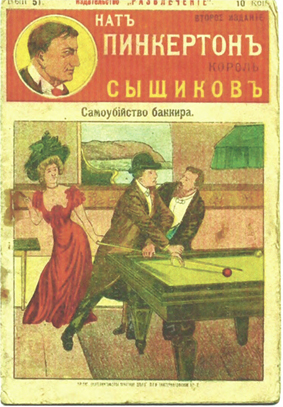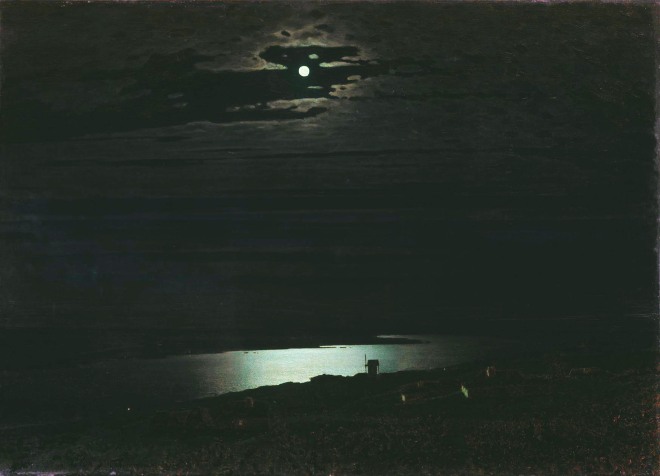
Corruption had always run rampant in Russia/ the Soviet Union. It was part of life because it had occurred for generations. People in the business world expected a bribe to facilitate contracts and permits. Police officers did not want a ticket to be paid through the city. But most of all in the 1990s after the fall of the USSR, people expected the Russian Mafia to protect them, if they took care of the Russian Mafia. An interesting article from The Current Digest examines a one-off “hooliganism” situation, and compares it to other happenings in Russia at the time. It mentions that, “According to the opinion that is forming here, these are the actions of a corrupt, well-organized mafia group. Its aim is, riding the waves of democracy, to minimize the role of Soviet and Party agencies and to intimidate the bulk of the population”(Levin 22). This may have been one of the first accounts of the Russian Mafia being noted in the press, before their semi-takeover of the country in the 1990s. “Much of this ‘quiet revolution’ became possible because the end of mass terror also meant an end to the individual’s paralyzing fear, and because bureaucratic actors saw opportunities for self-aggrandizement with minimal risk or cost”(Barker 677). There is a similar irony embedded in both of these quotes through the use of two words: democracy and bureaucratic. On paper, the mafia may have seemed somewhat democratic in their ways, because they did not agree with Communist ideologies. This was due in part to the fact that they wanted to achieve their own agenda, rather than listen to an appointed leader. Individualists, yes. Democrats, no. Organized crime in all countries operates in a well-orchestrated manner, free of any type of political ideology. Their main intent is to make as much money as possible through drug-running, completing “hits”, gambling, and overall corruption of society. Russian mafia members were professionals at the final intent, and these extremely corrupt ways have become the butt of jokes about Russian culture for years. A Russia Reader contributor, Alexander Dallin, argues that the spread of corruption was one chief cause of the collapse of the Soviet Union. He makes a valid point, saying that Stalin controlled the corruption, but after he and his political machine died, people cared more about their self-interests than the success of society as a whole. This “me, me, me” culture is synonymous with the West, and having it invade Soviet ideologies did nothing to help the communists in their pursuit of collectivist ways. The following video is extremely interesting, and gives a great overview of the Russian Mafia through their history and immense power:
– Alex
_____________________________________________________
Barker, Adele Marie, and Bruce Grant. The Russia Reader: History, Culture, Politics. Durham, NC: Duke UP, 2010. Print.
Levin, A. “WHO IS BEHIND THE HOOLIGANS?On the Events in Fergana Province.” The Current Digest of the Russian Press 41.23 (1989): 21-22. Eastview. Web. 6 Dec. 2015. <http://dlib.eastview.com/browse/doc/13610458>.
The Russian Mafia Documentary 2015
Image at top: http://i1.kym-cdn.com/entries/icons/original/000/014/591/GS5mY6x.jpg


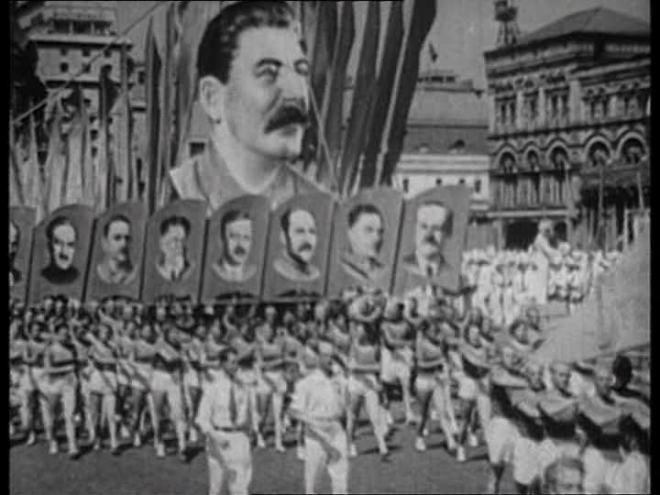
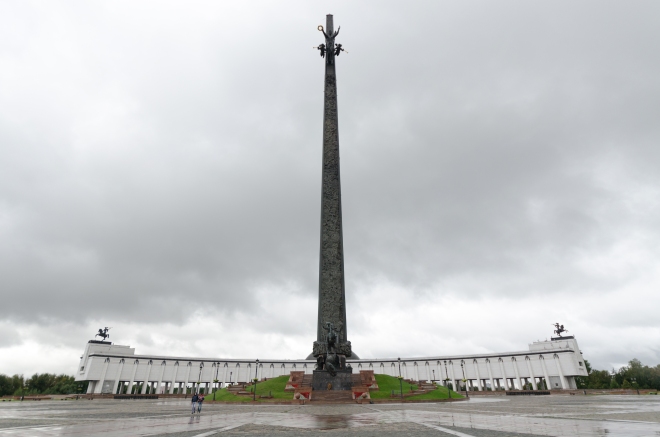
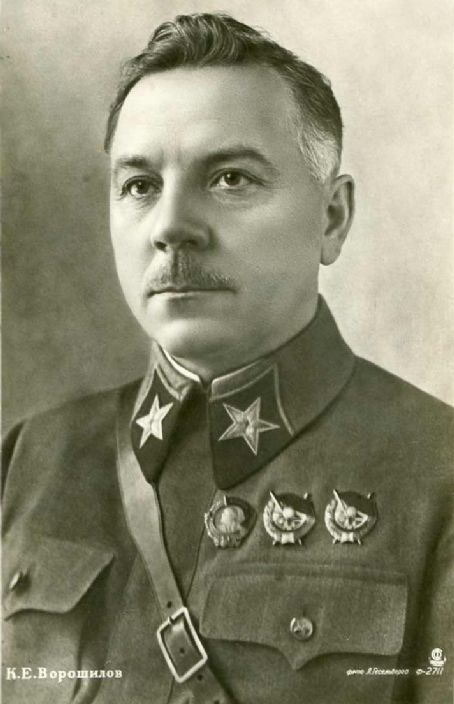
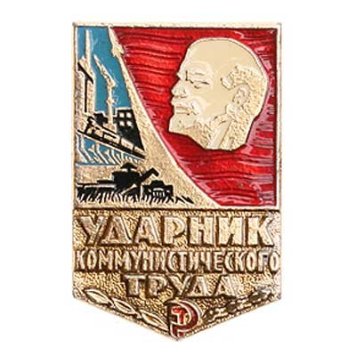 Shock workers in the Soviet Union are the equivalent of “employees-of-the-month” in the United States. Exemplary workers who truly portray the corporate culture and go out of their way to help the organization. In 1930, 257 of these shock workers were given the opportunity to cruise around Western Europe and view “the West” mentality about life, on the dime of their employers. The objective of this cruise was to show the Soviet workers the failures of capitalism. One of Stalin’s goals during the First Five Year Plan was to increase industrialization The timing of this cruise was perfect to portray the failure of capitalist ways, since most of Europe was dealing with the latter part of the Great Depression. Mass Culture in Soviet Russia did a great job discussing this cruise and had multiple worker recordings of their experience. The final recording stated “We were silent all the way, oppressed by what we had seen”(163). This was a perfect statement to sum up the sights these workers had seen in Hamburg, Germany. If I had seen the worker slums and class differences the shock workers witnessed in Hamburg, I probably would join the Communist Party as well. Many specific problems were highlighted by the workers from this cruise.
Shock workers in the Soviet Union are the equivalent of “employees-of-the-month” in the United States. Exemplary workers who truly portray the corporate culture and go out of their way to help the organization. In 1930, 257 of these shock workers were given the opportunity to cruise around Western Europe and view “the West” mentality about life, on the dime of their employers. The objective of this cruise was to show the Soviet workers the failures of capitalism. One of Stalin’s goals during the First Five Year Plan was to increase industrialization The timing of this cruise was perfect to portray the failure of capitalist ways, since most of Europe was dealing with the latter part of the Great Depression. Mass Culture in Soviet Russia did a great job discussing this cruise and had multiple worker recordings of their experience. The final recording stated “We were silent all the way, oppressed by what we had seen”(163). This was a perfect statement to sum up the sights these workers had seen in Hamburg, Germany. If I had seen the worker slums and class differences the shock workers witnessed in Hamburg, I probably would join the Communist Party as well. Many specific problems were highlighted by the workers from this cruise.
